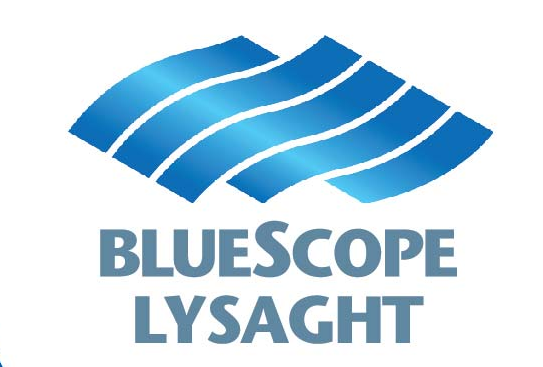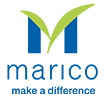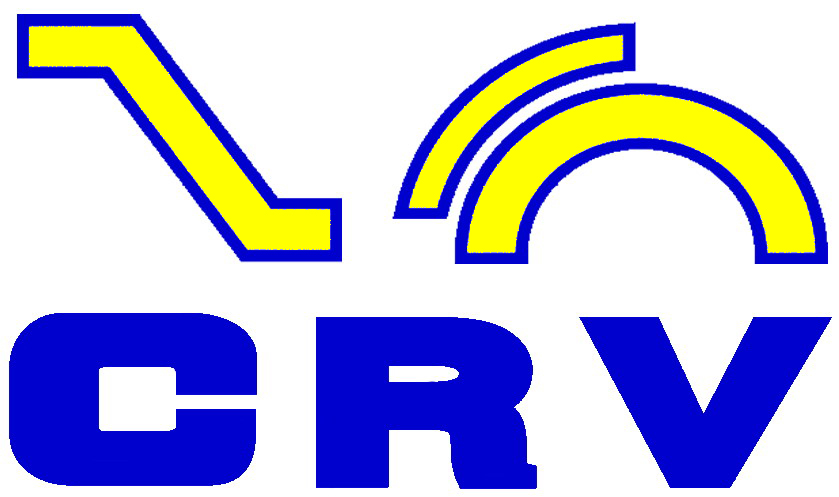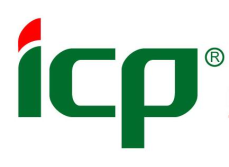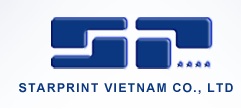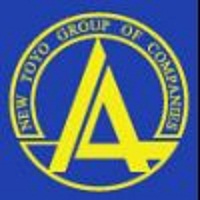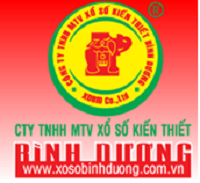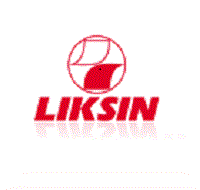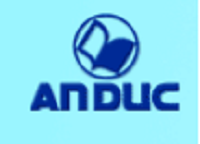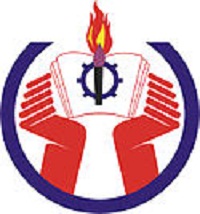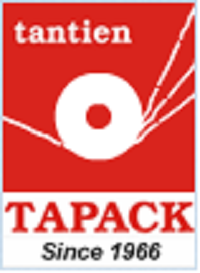
Thư viện
5S implementation process
1- Educate the leadership team on the theories of Leantpm and 5S work.
- Organizations did this by using their Leantpm owner as the teacher. They in turn demonstrated 5S by example, touring and pointing out areas of possibility, and expectation setting.
- However accomplished, leaders should have a vision of the work place and how it could be different if they want it to be.
2- The 5S process is done by the leaders.
- Each person leading the 5S effort should have already experienced the work by doing it themselves. By doing it, I we mean hands on, get dirty, make it happen. By this, I do not mean teach some technicians and direct them to do your area.
3- Before conditions should be documented.
- It is important in the entire Leantpm process, both 5S and all the other steps, to remember where you have come from. One of the easiest ways of doing so is by taking before and after pictures.
- Take a picture of the area you want to begin your work on. Remember the spot you took the picture so you can take the same shot at the same angle after you are done.
- You should understand in your selected area where your losses are. Losses could be extra motion, clutter, etc. Document these for the future
- It is a good idea that this point to audit your area before you begin your work. It not only gives you a base point, but helps people see where they have come from so they can be proud of what they have done.
4- Establish what your workplace area(s) are going to look like. Refer to your vision you developed earlier.
- Establish the basic conditions of the work place. You should have the right part, at the right place, with the right quantity. You should know WHY you need something, where it should be for the best use of the items, and why you need the number you need.
- Throw out the unnecessary items in that area. Clutter only leads to confusion and a safety problem.
- Items that are more frequently used should be accessible and closer to you. Therefore, think of what is needed and where it should be placed.
- Develop a “standard process” for the organization to agree on the “standards” you will write for your organization’s 5S work.
- Remember, as part of the standards development, you should continually think about visual control.
- Types of visual control are color coding, inspection marks, labels, directional marking, safety marking, etc.
- Whenever a color is used, it must be implemented through out the organization. Therefor, if red lines indicate where pallets are stored, then red through out the organization is for pallet storage. Anything inside a red area that is not a pallet can be considered stored in the wrong place. This can be done at a glance.
5- The organization leadership starts off with one or two model areas.
- The organization leadership team must learn the 5S process in order to develop the organization standards. This is accomplished by using a couple “model” areas that they are responsible for. These model areas should be highly visible to the entire organization. To add to his personal knowledge as well as to experience the work first hand, the organization’s leader should 5S their office or area first.
- During the 5S leadership models, the standards for the rest of the organization should be developed. These standards should define for the rest of the organization items such as some of the following examples:
- How to visually mark minimum order levels.
- What color, and width lines to put on floors to mark where items should be placed?
- How should the lines and labels be painted?
- How should we store tools?
- How should the spot we store the tool be marked?
- How many of certain items should we have?
- If we use foam in drawers, what kind should it be if it is in a dry area? If a wet area? Is there a difference or should they both be the same? The list can and does go on.
- The standards developed here should be written and agreed upon by the organization leaders.This is a formal documented process so that it is clear they will be implemented through out the organization later. It is also clear that this is what the organization manager wants.
- This is a good point in the process to develop a vision as to what a good shut down of the organization looks like. That of course could begin the savings process by saving money in heat, electricity, water, etc. This is true of course unless your shut down process is already world class.
6- The model areas should be audited by the organization’s manager with a standard audit form developed for the organization.
- The audit for 5S work should be developed during the model process. It is through this audit that the organization’s manager determines if the organization leaders have learned enough and are proficient enough to roll the 5S work to the rest of the managers in the organization.
- The 5S work should first be audited by the owner (self audit). The owner should score him/herself with at least a 90.
- Assuming a 90 is given, then the manager should then audit the work. Here, a passing score is at least an 90.
- Finally, the organization’s manager should audit. The passing score should be at least an 90. The organization’s manager should also be careful not to give too high a score. You must always leave room for improvement. At this point, the team has “audited out of” their 5S work.
- If the model does not pass, then a dead line for it passing should be set by the organization manager. Each team member should then proceed to do their part to improve the model and make that dead line
- Remember, this area was a model and therefor all the scores to pass must be a 90 or better. This model should set an example and be a “show place” for the standard. In the general 2- S work, the scores to pass are different. These scores are the following:
- Self audit --- 90
- ODM audit --- 85
- Organization manager audit -- 80
7- The leadership team should then train each of the other managers.
- “Roll down” training is used in the entire Leantpm process. This activity is no different. By each leader training their respective managers, the leader not only learns the material to a greater degree, but also sets the stage to inform his/her managers to do their own model.
8- Each manager should then be on models to do 5S work.
- This is once again the same process as the leadership model. It should be visible to the organization. It should also let the rest of the organization see that this work is not just for them, but for all who work in the business.
- The organization manager, Leantpm manager, and the leader of that specific area should audit their model as mentioned in item “6”. Once again, 80% is the minimum grade on the organization manager’s audit to audit out of 5S. (Note this is different than the model!)
9- The entire organization should be divided such that each person in the organization has a defined responsibility. (OPL in back of this section)
- A map of the organization, both inside and outside, should be made. We call this a facility map. The map should indicate major blocks of space that managers are responsible for. These spaces should be marked around the actual organization area. Any boards that people are responsible for should also have the person’s name indicated.
- Each manager should then define in more detail who is responsible for each area in the organization. This is done by assigning people to actual sections of the organization to 5S. Visually, you should indicate who is responsible for each section. This can be done by use of maps or other tools. I personally like putting the person’s picture in the area they are responsible for.
- Many organizations accomplish this by drawing a map of the organization and indicating on the map who has responsibility. Each person should draw the map of their area. It is important for the people to draw their own map to learn the area and be involved in setting up their responsibilities.
- At this point it is critical to develop well laid out 90-day implementation plans for 5S work. The leader’s should be holding his/her people accountable to meet those plans
10- Each manager should then train their technicians. The manager should then develop a time line with deployment plans to get he 5S work done.
- Once again, “Roll Down” training is the process to be used to educate the organization on 5S organization standards.
11- Enforce the work and standards you have put in place
- Changing the culture begins at the top. Make no mistake about the process, the organization manager owns it. The interest, concern, and standards come from him/her.
- Enforcing the standards of doing and maintaining the 5S work is no different then enforcing any other work, attendance, safety etc. standard the organization has. If it is seen as important, then it is important.
12- Continue to audit even after you have audited out of the 5S work.
- It is important to keep the work you have done going. If you let it slip, the organization will be back where it started from. Therefor, you should continue to audit and continue to let people know that this is important work.
- The Leantpm manager and the organization manager should select two very important areas and audit them monthly. A record of the audit should be kept and shared with the owners of the area.
- Every other manager should continue to audit on a set frequency. A schedule should be kept and the results shared with the owners.



